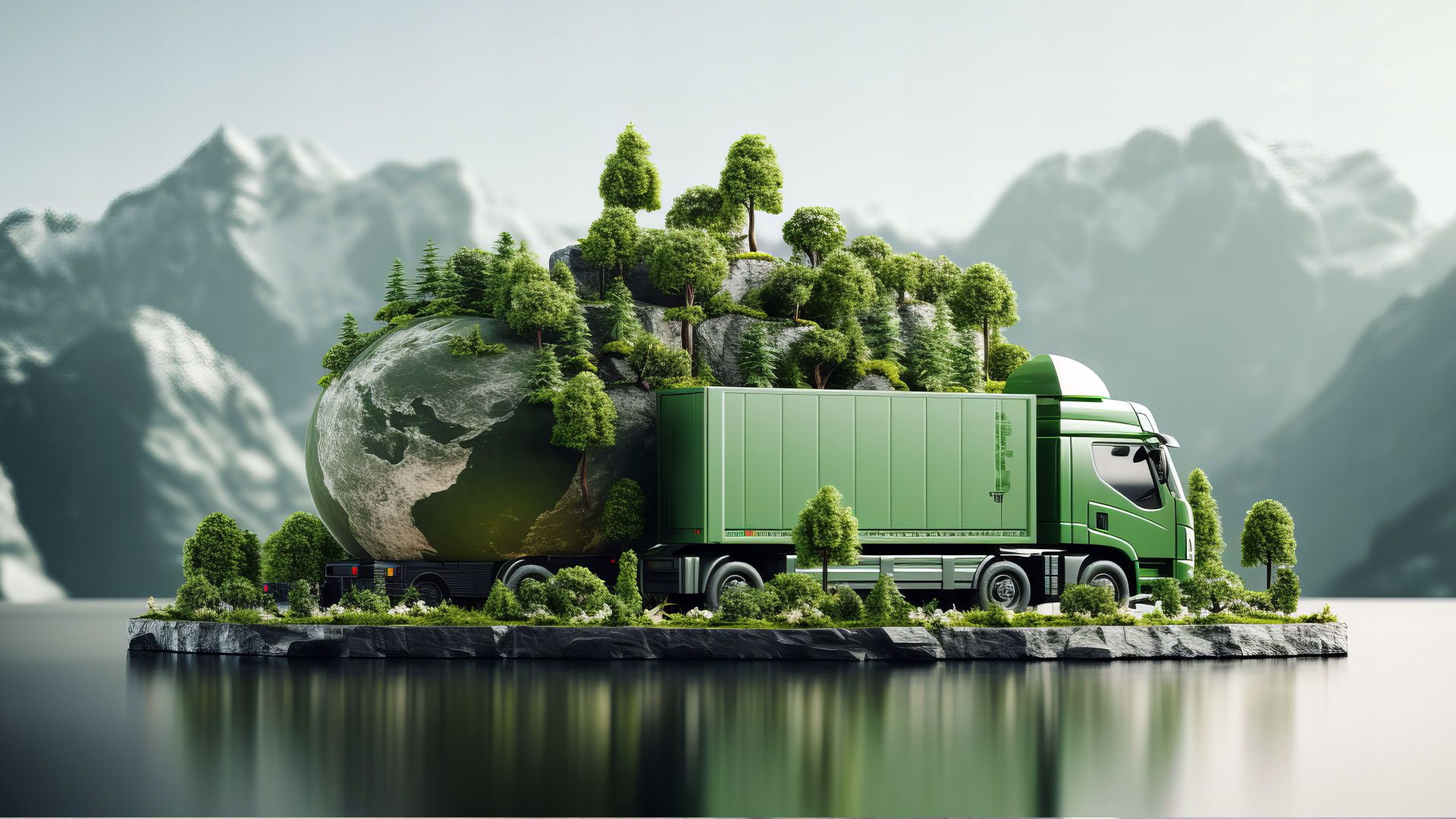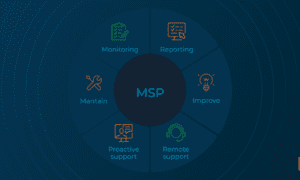The way goods move from one place to another is changing rapidly, and a significant part of that change arises from the equipment being used. Old machines that run on fuel not only cost more to maintain but also produce a significant amount of pollution. Now, many businesses are shifting to cleaner options, such as electric forklifts, reusable pallets, and electric delivery vehicles, which run on electricity instead of diesel.
For customers, this means faster and safer deliveries that are environmentally friendly. For companies, it brings lower running costs, healthier workplaces for staff, and a stronger reputation with eco-conscious clients. If you rely on logistics support, understanding how eco-friendly equipment works can help you choose the right service provider and appreciate how it benefits both you and the planet.
In this blog, we will explore how eco-friendly moving equipment is shaping the logistics industry.
Why Sustainability Is Essential in Logistics
Logistics is all about moving goods smoothly, but behind the scenes, it also has a significant impact on the environment and business costs. Choosing sustainable practices is no longer optional; it has become a necessity for companies that want to remain relevant and responsible.
Here’s why sustainability matters in logistics:
- Lower pollution: Trucks, planes, and warehouses release a large amount of carbon emissions. Switching to cleaner equipment reduces this impact and helps improve air quality.
- Cost savings: Eco-friendly machines, such as electric forklifts or delivery trucks, may cost more upfront, but they save money over time through lower fuel costs and reduced maintenance.
- Healthier workplaces: Diesel engines and old equipment produce fumes and noise that affect workers’ health. Cleaner equipment creates safer, quieter spaces for employees.
- Customer trust: Many people now prefer to buy from brands that prioritize the planet’s well-being. Companies that use green equipment can attract and retain more customers.
- Future-proofing: With stricter government rules on emissions, businesses that act early avoid penalties and gain a competitive advantage.
5 Types of Eco-Friendly Moving Equipment Transforming Logistics
Companies in logistics are adopting various eco-friendly equipment to reduce costs, improve efficiency, and minimize environmental harm. These tools are not only better for the planet but also create safer workplaces and build customer trust.
Let’s look at some of the main types being used today.
1.Electric Forklifts and Pallet Jacks
Traditional forklifts run on diesel or propane, which produce fumes inside warehouses. Electric forklifts and pallet jacks run on rechargeable batteries, making them cleaner, quieter, and easier to maintain. They also reduce operating costs in the long run.
2.Reusable and Recyclable Pallets
Wooden pallets often break and end up in landfills. Reusable pallets made from recycled plastic or metal last much longer and can be recycled again after use. This reduces waste and saves companies money on replacements.
3.Electric and Hybrid Delivery Trucks
Last-mile delivery is one of the most significant contributors to emissions. Electric and hybrid trucks help solve this problem by lowering fuel use and cutting harmful gases. Many companies now use them in cities where air quality is a serious concern.
4.Automated Guided Vehicles (AGVs)
AGVs are battery-powered robots that move goods around warehouses. They reduce the need for fuel-powered equipment, making operations faster and more efficient. They also work well with modern automated systems.
5.Solar-Powered Warehouse Equipment
Warehouses are beginning to use solar energy to power conveyor belts, lighting, and charging stations. This reduces electricity bills and dependence on fossil fuels, while also making warehouses more self-sufficient.
By combining these eco-friendly tools, logistics companies are creating cleaner, smarter, and more cost-effective operations that benefit both businesses and customers.
7 Benefits of Using Eco-Friendly Moving Equipment Into Logistics Industry
Switching to eco-friendly equipment in logistics is not just about helping the environment; it’s also about reducing costs. It also makes operations smarter, safer, and more cost-effective. Companies that invest in cleaner tools and vehicles find themselves saving money, building stronger relationships with customers, and staying ahead of government rules. Let’s break down the main benefits.
1.Lower Carbon Emissions
One of the most significant advantages is the direct cut in harmful gases. Diesel forklifts, trucks, and other old machines release large amounts of carbon dioxide and other pollutants.
By transitioning to electric forklifts, hybrid trucks, and solar-powered warehouse equipment, companies can significantly reduce their carbon footprint. For businesses, this means contributing less to air pollution while showing responsibility toward global climate goals.
2.Cost Savings Over Time
Eco-friendly equipment often incurs higher upfront costs, but the long-term savings are undeniable.
- Electric forklifts and trucks are more cost-effective to operate per mile compared to fuel-based machines.
- Reusable pallets reduce constant replacement costs.
- Solar-powered systems lower monthly electricity bills.
Over a few years, these savings add up and outweigh the initial investment. This makes going green not just good for the planet but also smart for business budgets.
3.Longer Equipment Lifespan
Traditional fuel-powered machines have more moving parts, which means more breakdowns and higher repair costs. Electric alternatives, on the other hand, require less maintenance and tend to last longer.
Reusable pallets and durable packaging materials also outlive single-use options. This longer lifespan reduces downtime, improves efficiency, and ensures equipment investments pay off for years.
4.Customer Trust and Loyalty
Modern customers are more aware of sustainability than ever. Many people prefer to buy from companies that actively reduce waste and emissions. When logistics providers use eco-friendly moving equipment, it shows they care about the environment and community.
This builds trust with both customers and business partners. Over time, that trust often turns into loyalty, helping companies stand out in a competitive market.
5.Regulation Compliance
Governments are introducing stricter rules on emissions and waste management. Logistics companies that rely only on traditional equipment may face fines or operational delays. Eco-friendly equipment helps businesses stay ahead of these changes.
For example, electric trucks make it easier to meet urban emission rules, while reusable pallets reduce landfill waste. Instead of reacting at the last minute, companies that adopt green tools now are already prepared for the future.
6.Improved Brand Image
Sustainability has become a crucial factor in a brand’s reputation. When a logistics company showcases its use of clean, modern equipment, it sends a positive message to clients, investors, and even employees.
A strong, eco-friendly image can attract new contracts, especially from businesses seeking to work with responsible partners. This reputation not only benefits marketing but also adds real value to long-term growth.
7.Future Readiness
The logistics industry is moving toward a green future. Electric vehicles, solar-powered warehouses, and smart, automated systems will soon become the norm rather than the exception.
Companies that start adopting these technologies today will already have the systems, knowledge, and infrastructure in place when sustainability becomes a global standard. This future readiness gives them a clear advantage over competitors who wait too long to adapt.
Final Thoughts
Adopting eco-friendly moving equipment is no longer just an option for the logistics industry; it’s becoming the smarter way forward. From electric forklifts and reusable pallets to solar-powered warehouses and cleaner delivery trucks, these tools cut pollution, save money, and build stronger trust with customers. While the shift requires investment and planning, the long-term benefits far outweigh the challenges. By adopting greener equipment today, logistics companies can create safer workplaces, meet future regulations with ease, and prepare themselves for a future where sustainability is the standard, not the exception.



































